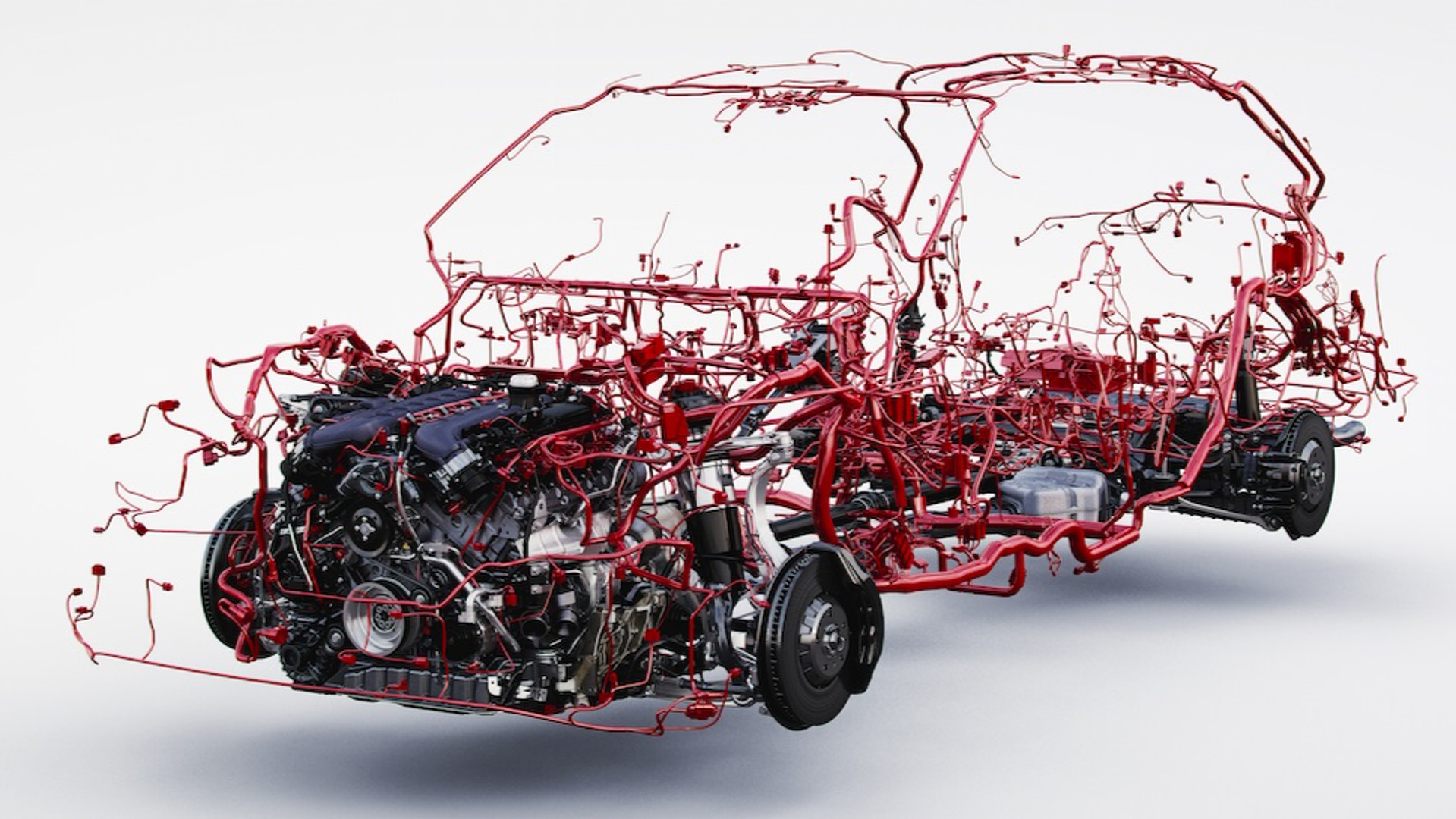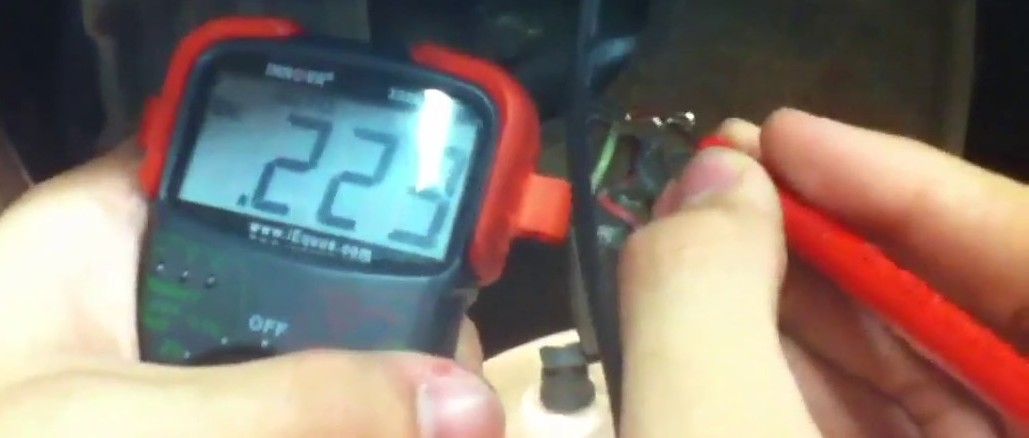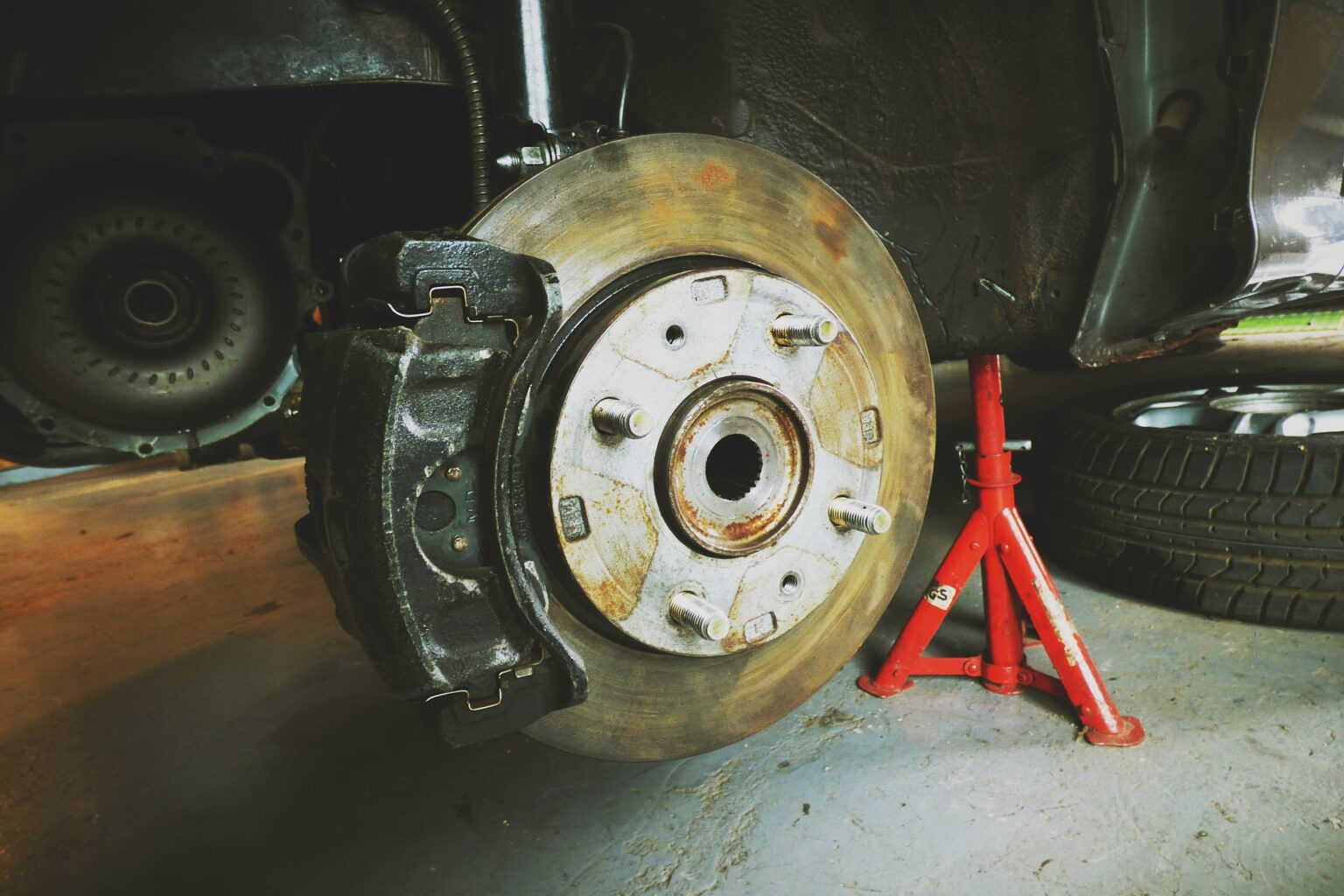How Much Does It Cost to Fix an Electrical Problem in my Car?
You’re frustrated. You’ve spent hours changing bulbs and trying everything, and now you’re sitting in front of your computer typing “how much to fix electrical problem in car” into Google’s search box.
You watch videos, you browse forums, you ask questions on Quora… but it seems like NO ONE has the right answer. Everything you try seems to do nothing or makes things worse.
You finally give up, go to the mechanic down the street, and they want hundreds of dollars to even look at your problem. How is that even fair?
We see this scenario many times a day. Someone feels like their last option is to bring it to the shop or technician. They think it’s something simple that they should be able to fix. Usually it’s something important, like headlights, turn signals, brake lights, maybe even some sort of issue that makes the car not start.
The simple answer is – having a professional (with the right training and right tools) diagnose an electrical issue – needs to be your first option.
If you have someone take a look at your car electrical problem, and they are trained and certified, they’re highly likely to find the issue, and fix it; for much less than you’ll spend chasing a bunch of ‘internet suggested fixes.’ There’s a specific reason for this.

Electrical issues can be simple things, like a broken wire, a corroded connector, even just a bad ground connection. However, with miles and miles of wire and electronics in a modern car or truck – finding the exact right spot, for the exact problem you’re having, can be tough. If you don’t know how to read electrical diagrams, it makes things harder. If you aren’t familiar with how exactly the complex electronics in a car work, it can make you follow false trails and red herrings. When you don’t have the right tools for checking electrical issues, it can take days or weeks to pinpoint a problem.
Often, the “do-it-yourselfer” ends up taking apart unnecessary components or does damage to other things during disassembly. This can further cloud the issue when the vehicle is brought to a mechanic later. Let’s look at the following scenario:
You’ve searched Reddit, Google, and watched a ton of YouTube videos, you’ve tried everything, but you still can’t get your passenger side headlight to light up. They’re fancy HID lights, and the bulb was expensive, but even with a new bulb, it won’t turn on!
Originally, it started as an issue with only the right-side headlight. Now it has become a problem with the right-side headlight, the right turn signal, and the right parking lamp. Maybe it’s because of something you took apart trying to fix it on your own, or maybe it’s some sort of progressive failure. Now there are multiple problems, and it might be that there are multiple causes. Now there is more work for the expert to pinpoint what exactly is the cause of what. The expert can’t guess – she has to pinpoint ALL the problem sources – because that’s what you, the customer wants – you want it all to be working again.
What seems like a simple system, isn’t so simple. Your headlights aren’t controlled by a simple switch. That switch tells a computer to turn the headlights on – and that computer can turn the headlights on automatically whenever you turn the wipers on. It can also turn them on based on whether it’s nighttime or daytime. Your technician has to verify that those controls are actually working – in other words – is the computer actually asking for the headlights to come on? She takes a look at the computer controls and verifies that the computer is commanding the headlights on when it should. But now she has to find out if the power is actually turning on. Just because the computer wants the lights to come on, doesn’t mean the power is actually reaching them. She has to know where to test the wires, which wires to test, and where they are routed in the car.
She finds out that the power is actually working at the computer, and even midway through the wiring in the engine bay. But at the headlight itself, the connector has only partial power.

That explains why you changed all the bulbs, and the headlight still didn’t work. But now she’s curious why the parking light and turn signal don’t work. The connector for those lights doesn’t have power at all. Then she looks at the computer controls – strange; the computer in the car has disabled those lights and recorded a code that says the power is shorted somewhere.
With the bulbs unplugged, she can send the computer command and it tries to turn everything on, no shorts.
She looks at the new bulbs you put in and asks if you have the old ones. Come to find out, the new bulbs they sold you at the parts store are the wrong part numbers, they draw a different amount of power. The computer interpreted this as an electrical short and shut the lights down to protect the circuit from melting. Well, there is one problem solved.
But she still hasn’t figured out why your headlight won’t get power. She’s put in two hours of work, and definitely doesn’t want to charge you to take apart the entire headlight wiring harness. Since she’s trained and has the right tools, she pulls out her InfraRed Imaging Camera. She looks along the wiring harness for temperature spikes that indicate a bad connection, or short, or something.
Oh look, right there where the harness bends around a sharp corner of the engine, a bright glowing spot. She moves the wiring a little there, and sure enough, the headlight kicks on. Move the wiring back, it turns off.
She opens up the wire loom at a spot where it has obviously rubbed against the engine, and finds several wires that have been exposed, and grounded out, and some have even broken in two. She splices wires back together and covers them with weatherproof heat shrink – and now when the wiring goes back in its loom, there is a rubber spacer between it and the engine. That should help keep this from happening again.
Turns out, those other wires were the reason your brake light has been on for the last year, and why you had that traction control error message on your dash, too. Man, electrical problems are crazy!
Just think, you could have saved the money on a bunch of bulbs, and that expensive HID headlight bulb, you wouldn’t have had to take that fender liner apart and try to fit your hands in there. Not to mention, you would’ve searched forever to find that weird spot in the wiring. You didn’t even know there were computer controls involved.
These kinds of situations are the reason it’s worth taking your vehicle to a professional for electrical problems. That kind of expertise, training, and pinpointing are also why it’s worth every penny.
How much will it cost to fix your electrical problem in your car? That’s hard to know until the expert starts checking and testing – but it will cost less than having to guess and do it yourself.





